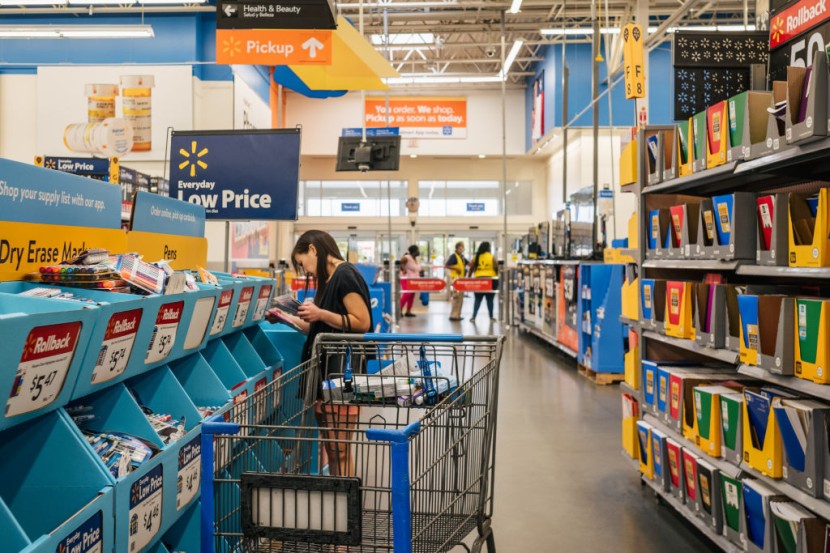
More than half of Americans have little to no savings and are anticipated to sink further into debt as a result of rising inflation since they are unable to save or set aside emergency reserves.
According to a countrywide Bankrate study of 1,025 individuals, 51% of Americans admitted to having little to no savings or emergency cash.
More Americans Take Additional Debt Due to Continuous Inflation
While less than half have saved, a July LendingTree study of 1,008 customers revealed that 43 percent of Americans will take on new debt in the next six months to make ends meet, with parents who have small children accounting for more than half of that amount.
It comes as the country's inflation rate reached its highest level in 41 years last month, with prices for goods and services skyrocketing, all as economists predict a 47 percent possibility of a recession within the next year.
Inflation from June 2021 to June 2022 | |
Gasoline | 59.9% |
Air Fares | 34.1% |
Cereal | 15.1% |
Meat & Poultry | 10:4% |
Fruits & Veggies | 8.1% |
Used Cars | 7.1% |
According to the LendingTree poll, more than three in five Americans are already in debt, with credit cards being the most prevalent cause for almost half of them to get deeper into debt.
By LendingTree, 70% of individuals in debt had credit card debt, 33% had vehicle loans, 29% had mortgages, and 20% had school loans. When the borrowers were broken down by age group, the study indicated that 55% of Gen Zers and 56% of millennials would incur more debt. Older Americans fared a little better, with 41% of Gen Xers and 21% of Baby Boomers expecting to get into debt.
The increase in debt will almost certainly have an impact on consumer savings, which are already lower for one-third of Americans than they were last year. According to a June Bankrate research, 23% of Americans have no emergency savings at all, and only 28% have enough funds to cover three months of costs.
Approximately 22% of respondents claimed they could pay three to five months of spending, but just 27% could cover six months or more - the minimum advised by financial experts, Daily Mail reported.
To make ends meet, 43 percent of Americans, particularly young individuals and parents with small children, anticipate adding to their debt in the next six months. According to the survey, the majority would rely on credit card debt to bridge the gap between what they need and what they can pay.
Already, the growth in borrowing, along with auto loans, student debt, and mortgages, pushed total household debt to a record $15.84 trillion at the start of the year, as per CNBC.
Inflation as Global Crisis
In recent months, the news about the American economy has been dominated by inflation, as prices for food, gas and other goods have risen faster than they have in four decades. However, inflation is currently a worldwide problem, and the United States has performed better than other countries in recent months. Consumer prices in the US grew 9.1 percent year on year in June, while they increased 9.6 percent across the ES in the same period.
Much of the public debate in the United States concerning inflation has centered on domestic issues, notably President Biden's policies. Critics claim that the American Rescue Plan, a pandemic relief measure signed into law by Biden 16 months ago, has boosted consumer demand by transferring $1.9 trillion to Americans, state governments, and other initiatives. Prices have risen as a result of increased demand chasing limited supplies of products.
According to analysts, the law has undoubtedly contributed to higher inflation. However, worldwide patterns indicate that focusing simply on the US's participation overlooks an important aspect of the story: how other pressures have also driven higher prices.
The major variables that pushed up inflation in the United States also had an impact on the rest of the world: supply chain disruption caused by both the epidemic and Russia's invasion of Ukraine, as well as surging consumer demand for commodities.
However, rising inflation has played out differently in various nations, according to Harvard economist Jason Furman. The earlier, larger price increase in the United States had distinct origins from the more recent increase in Europe, according to New York Times.
Related Article : White House Redefines Recession as Ill-Performing Economy Besets the US
@YouTube
© 2025 HNGN, All rights reserved. Do not reproduce without permission.








